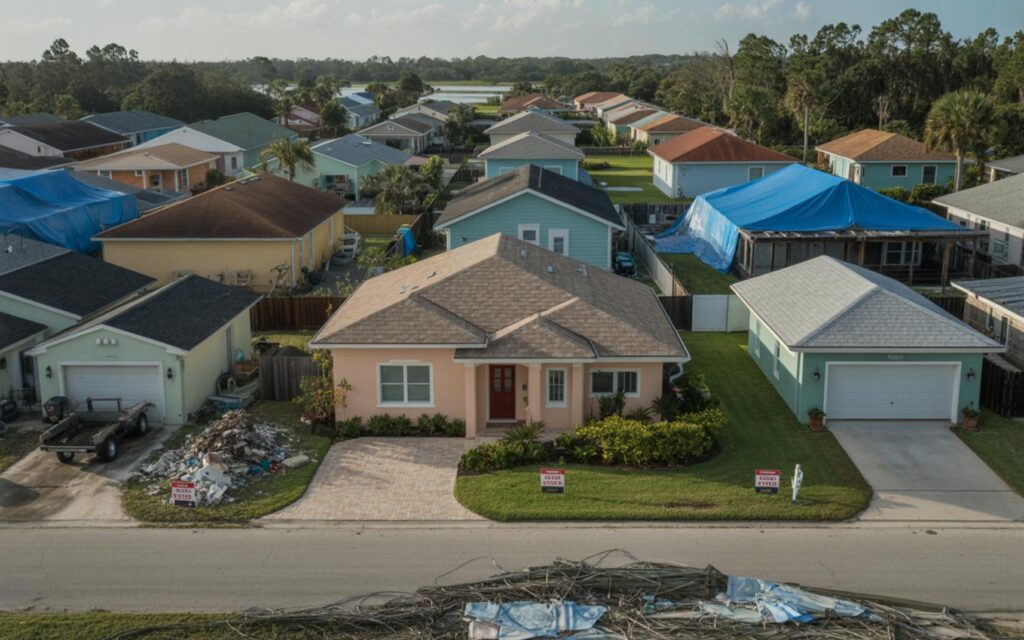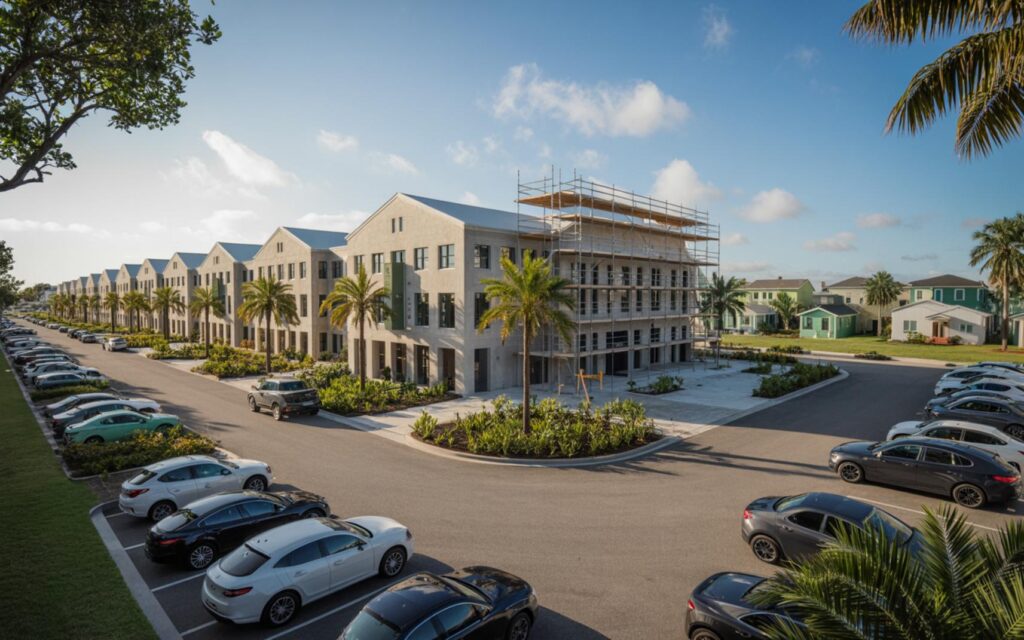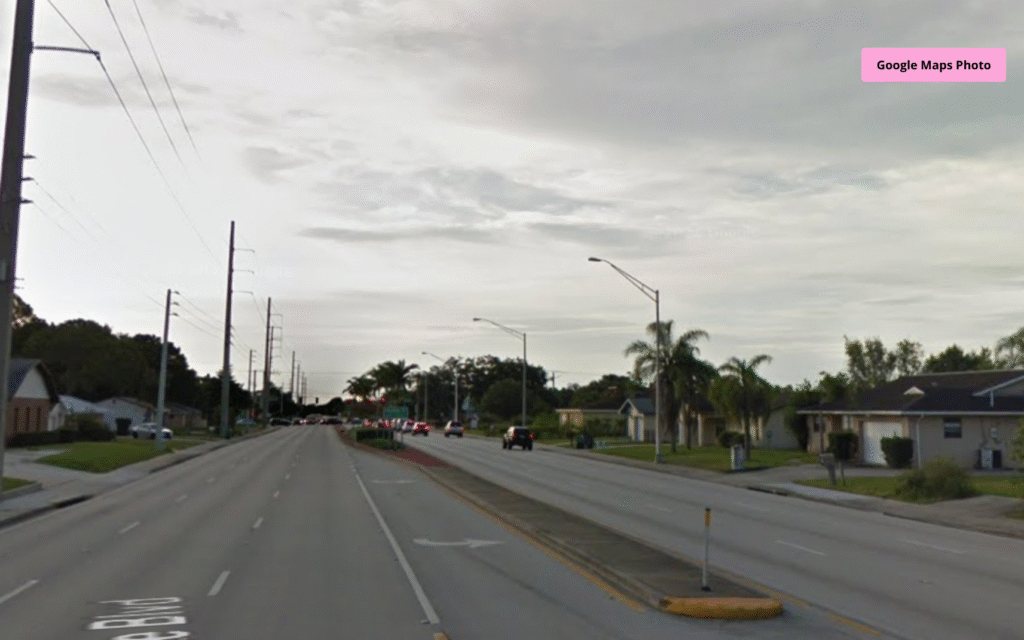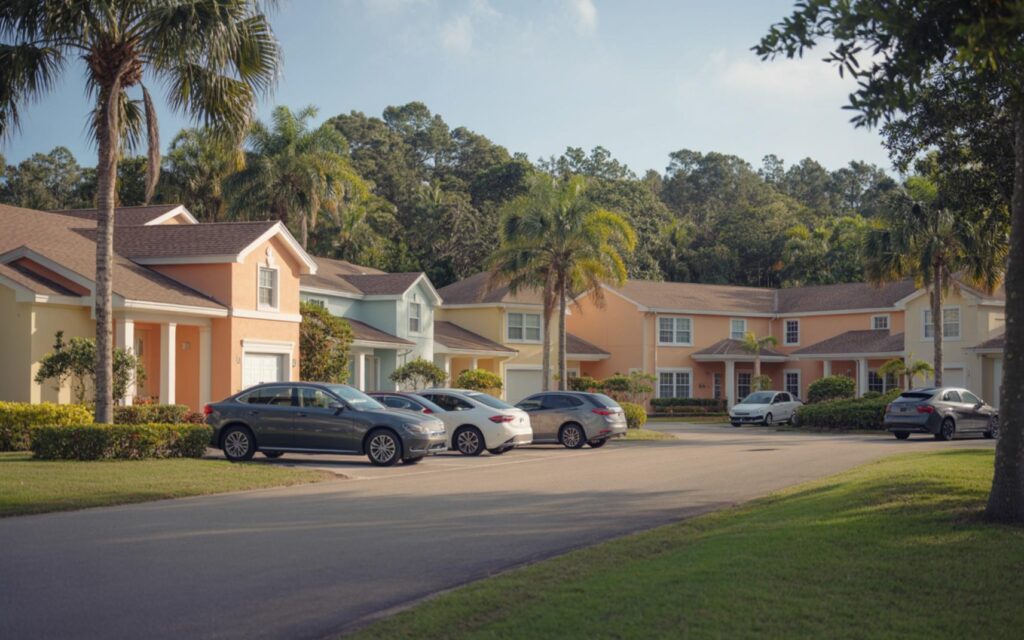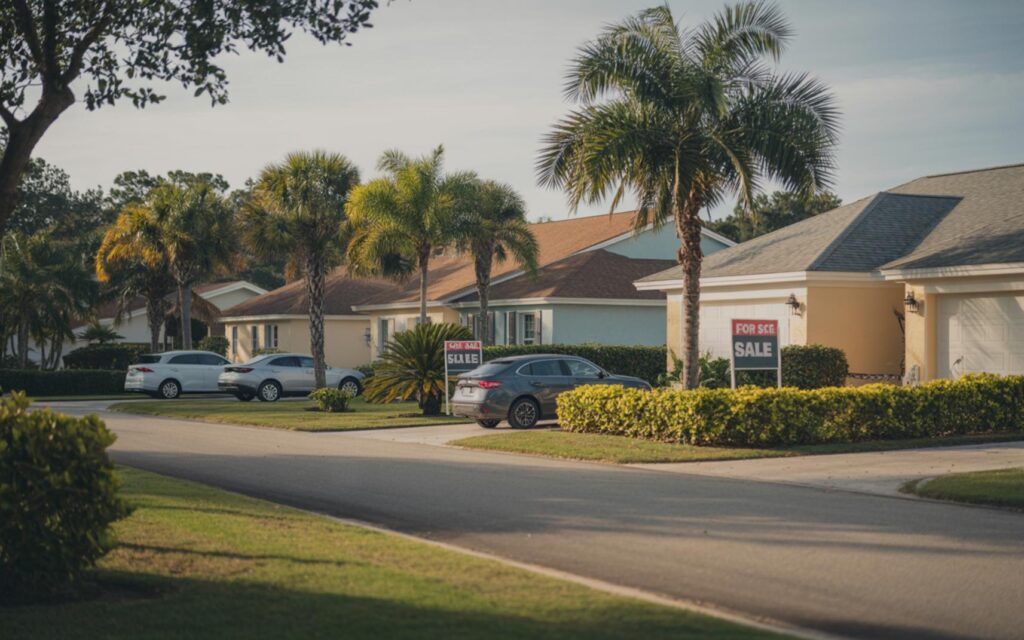Florida home insurance crisis is escalating as climate change drives higher risks from hurricanes, flooding, and other severe weather events. The state’s insurance market is under significant pressure, with rising premiums, shrinking policy options, and growing concerns among homeowners about affordability and coverage.
Florida Home Insurance Crisis: Key Trends and Data
Over the past decade, the number of active home insurance policies in Florida has plummeted by about 78%. According to official data, policy counts fell from over 3 million to around 700,000. This dramatic reduction has left many residents with fewer choices for coverage and increased reliance on the state’s insurer of last resort.
The Citizens Property Insurance Corporation, designed as Florida’s insurer of last resort, now covers approximately 63% of the market. Ten years ago, Citizens accounted for just 6% of policies, highlighting the market’s rapid shift. This concentration raises concerns about the stability of the overall insurance system.
Rising Premiums and Affordability Challenges
Average annual home insurance premiums in Florida reached $3,454 in 2024. According to industry data, this represents a 22% increase since 2014. Projections indicate that premiums could climb to $15,460 in 2025, nearly five times the national average.
Between 2015 and 2023, premiums in Florida rose by nearly 60%, marking the fastest rate of increase in the United States. These cost hikes are putting significant strain on homeowners, especially those with limited financial resources.
Non-Renewal Rates and Market Withdrawal
Florida’s non-renewal rates for home insurance policies were the highest in the nation in 2022 and 2023, reaching about 3% statewide each year. According to state insurance regulators, the highest rates of non-renewal are found in rural, inland counties, not just coastal areas. This trend disproportionately affects lower-income residents, who often face greater challenges in securing alternative coverage or recovering from disasters.
Climate Change and Increasing Hurricane Risks
Climate change is a central factor driving the Florida home insurance crisis. The frequency of extreme hurricane rainfall in Florida has increased by 300% over the past four decades. Maximum hurricane rainfall severity has grown by 33%, according to climate data.
Hurricanes that previously occurred once every 100 years now strike roughly every 25 years in Florida. Since 1980, the state has experienced over $400 billion in hurricane-related damages, the highest total in the United States. In 2024, weather catastrophes accounted for 97% of insured losses worldwide, underscoring the global impact of climate-driven disasters.
Impact on Homeowners and Communities
As many as 54% of Florida homeowners report concerns about affording insurance due to climate change, according to recent surveys. The insurance crisis is not limited to coastal properties; inland and disadvantaged communities are also heavily affected. Many remaining insurers in the Florida market are considered financially fragile, increasing the risk that homeowners could lose coverage or face mortgage defaults after disasters.
Insurer Withdrawals and Market Instability
Insurers are withdrawing from the Florida market or collapsing, citing the unpredictability and scale of climate-related risks. According to the Florida Office of Insurance Regulation, the number of available private insurers has sharply declined. Many companies that remain are financially vulnerable, raising concerns about their ability to pay claims after major events.
This instability has created a situation where the state’s insurer of last resort, Citizens Property Insurance Corporation, is taking on a much larger share of the market. This shift increases the risk that taxpayers will bear the financial burden if insurers fail, effectively creating a subsidy for living in high-risk areas.
Legislative Reforms and Ongoing Challenges
Florida lawmakers have enacted legislative reforms aiming to stabilize the insurance market. However, critics argue that these changes have favored insurers over homeowners and have not succeeded in curbing rising costs or non-renewal rates. According to policy analysts, the reforms have yet to address the underlying risks posed by climate change and market volatility.
Broader Impacts and National Implications
The Florida home insurance crisis is seen as a warning for other states facing similar climate risks. Experts note that traditional insurance models are struggling to adapt to the accelerating impacts of extreme weather. There are growing concerns that ongoing instability in Florida’s insurance market could have ripple effects on real estate values and financial markets nationwide.
Broader systemic risks are emerging as insurance becomes less available and more expensive. The situation highlights the need for new approaches to managing climate risk and supporting homeowners in vulnerable areas.
Frequently Asked Questions About Florida Home Insurance Crisis
What is the Florida home insurance crisis?
The Florida home insurance crisis refers to rising premiums, shrinking policy options, and increased insurer withdrawals due to climate risks like hurricanes and flooding. Many homeowners face higher costs and difficulty finding coverage.
How much have home insurance premiums increased in Florida?
Average annual premiums in Florida reached $3,454 in 2024 and are projected to rise to $15,460 in 2025. This represents a nearly 60% increase since 2015, the fastest in the country.
Are inland and rural communities affected by the insurance crisis?
Yes, the highest non-renewal rates are found in rural, inland counties, not just coastal areas. Lower-income and disadvantaged communities are especially impacted.
Can you still get home insurance in Florida?
Homeowners can still get insurance, but options are limited. Many rely on Citizens Property Insurance Corporation, the state’s insurer of last resort, as private insurers withdraw from the market.
Where are the highest risks for losing home insurance in Florida?
While coastal areas face high hurricane risk, data shows that rural and inland counties have the highest non-renewal rates. These areas often have fewer insurance options and greater financial challenges.

